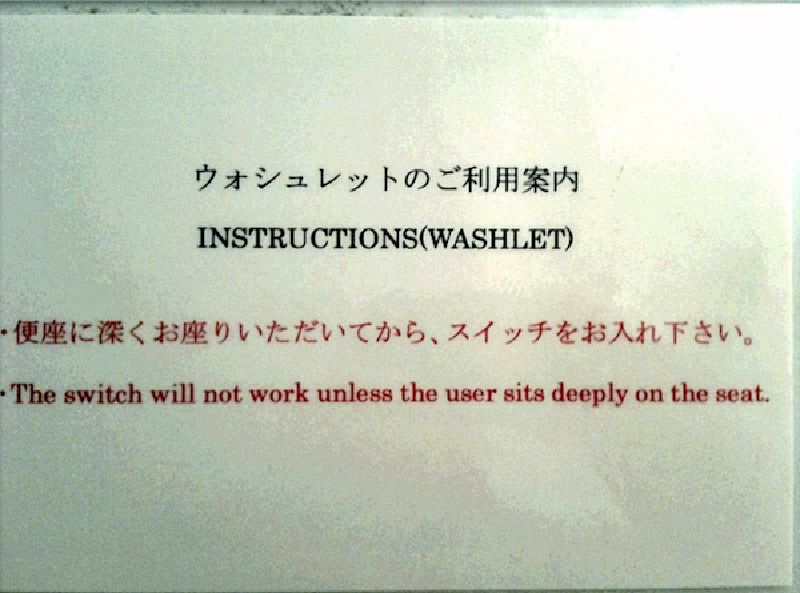Localization
Not Machine Translation
Really? A Machine Translation?
If you are considering or performing a localization of an application, website or documents for the Japan market, you must understand that machine translation still produces comically bad results. In addition, having a non-native speaker who speaks a little Japanese give their seal of approval is, well, not so meaningful and even damaging to your reputation. Your Japanese prospects will laugh at your attempt, and then move on. Do you really want that?
What is Japanese Localization?
Key Points
- Native translations
- Cultural tone
- Type faces
- Colors
- Payment methods
- Attention to detail
Key Points
- Native translations
- Cultural tone
- Type faces
- Colors
- Payment methods
- Attention to detail
To be attractive to Japanese clients, you should get used to the idea of adapting all aspects of your materials to Japan.
Japanese are known to hold high standards for quality, and there are a number of small but significant matters to address, in any localization effort.
For example - General
- Are the translators or editors native speakers of Japanese?
- Does the tone of language match target audience demographic’s expectations?
- Does it hit the right notes culturally?
- Does the company support the usual payment methods in Japan?
- Are the colors acceptable in Japan? (Did you know, McDonald’s in Kyoto was asked to tone down its red, so they now use brown there.)
For example - Website
- Site should not be a simple 1:1 direct translation of another site, but unique.
- Does the site code properly incorporate Japanese text, in terms of physical size and height?
- Is it using modern web fonts?
- Are the graphics localized?
For example - Application
- Are the date, time and currency formats correct?
- Is the order of the translated strings natural?
- Are the help files translated, and do any in-software url links point at properly localized Japanese web pages?
For example - Documents
- If the document is to be printed, is it in the format that a Japanese print shop can use?
- Are the Japanese fonts embedded, if the document is in PDF form?
Just Bite the Bullet
If you avoid the cost of performing these activities up front, and your Japanese readers, visitors or viewers get the impression that your site, docs or app are “buggy”, your final cost will be much higher, in terms of lost good will.
This is not to say that “all Japanese software and websites are without fault” by any means, but, your localized documents, website or software will be scrutinized more carefully than usual.
eSolia will work with you to produce the high quality expected in a localization.
Use the form below to contact us today, and meanwhile enjoy these interesting translation photos.
Request More Information
Interested in getting our help with this service or solution? Please contact us today.


